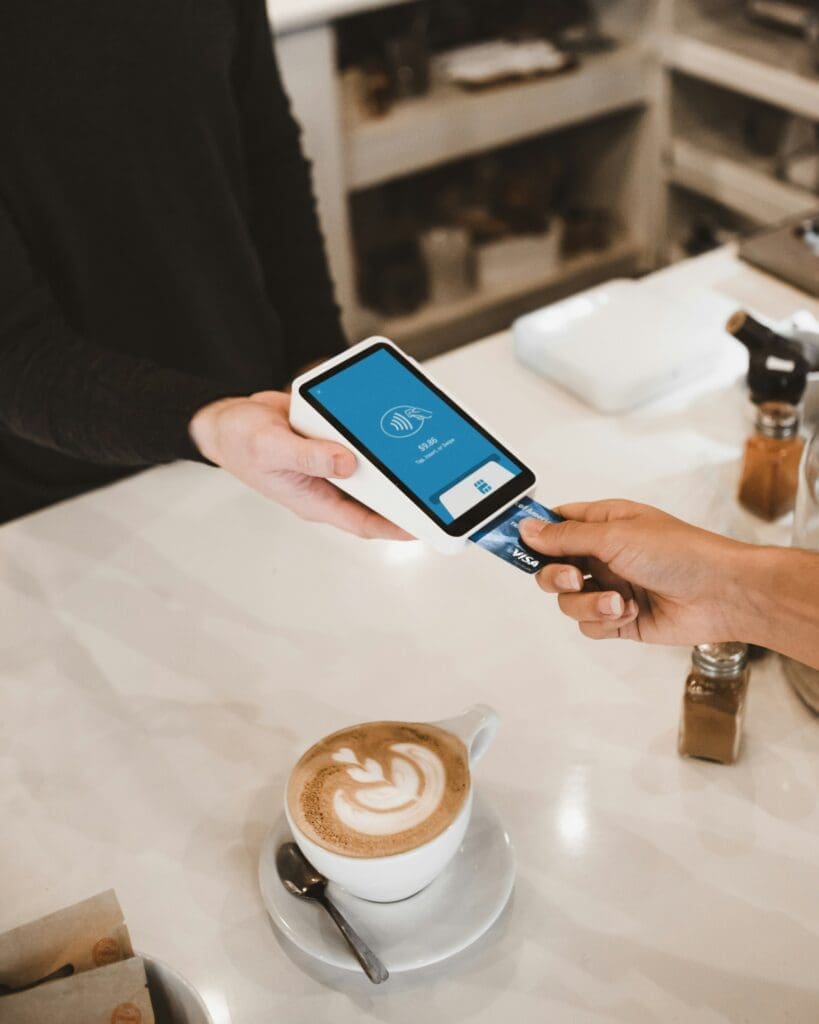Ways to Help Indecisive Prospects Become Confident Customers

Companies are all too familiar with customers who come right to the brink of buying but back off, seemingly for no discernible reason. They may have changed their minds or want to think it over. Perhaps they will decide next week or next month or on some unknown date.
It is important to remember that consumers want to buy. Otherwise, they would not be searching your website, clicking on your ads, or reaching out. The failure to convert these leads is often due to the potential buyer’s crisis of confidence rather than the company’s products or services. The customer can find the price and quality satisfactory and still not commit to the purchase. This hesitancy is often due to fear of making a mistake that can affect their standing with employers or personal finances. Salespeople can overcome this deadly indecision by using several basic strategies.
Identify the Problem
Sales and marketing reps get a sinking feeling when a customer hesitates or needs “more time to think about it.” As a result, they may begin to throw the kitchen sink of incentives at them, including discounts and added services. This strategy may not close the sale because the customer’s concern has still not been addressed. Instead, identifying the cause of customer indecision is critical to closing the deal.
After a customer stalls, sales reps need to take a breath and discover why they are hesitating. Do they need to speak to their superior? Are they worried about product performance? Cost? Warranty? Or are they simply worried that they will buy today and miss out on a better deal tomorrow? Fear of missing out (FOMO) and fear of messing up (FOMU) are two root motivators of indecisive customers. But savvy sales reps can overcome these issues.
Ways to Help Indecisive Customers
Addressing their concerns is one obvious way to help indecisive customers. Once a sales rep has identified the problem, they must provide helpful information that aligns with the customer’s wants. Here are some strategies to help indecisive customers:
Actively Listening
When marketing and sales reps actively listen to customers, they can better reassure them. To establish trust and provide helpful information, it’s important to understand the reasons behind a customer’s hesitation. So, make sure you actively listen to your customers to understand their problems and why they are unsure. This will help you provide information that makes them feel more confident about choosing your product.
Offering Personal Recommendations
Customers can be overwhelmed by too many options, especially indecisive ones. After speaking with a customer and finding out, they are hesitant; instead of asking them what they want to buy, sales and marketing reps should work together to create content relevant to their problem that will help simplify their decision. In the JOLT framework, this is called offering a recommendation.
Prospective buyers often don’t need more options. Instead, they need a pared-down list that helps them make a confident choice. Similar to curating a reading list from 50 to 5 books. Fifty choices are overwhelming. Five are not. By limiting exploration, the customer gets what they need, easing their uncertainty.
Limiting Risk
Sales teams can help eliminate customer indecision by offering customers “safety nets” that limit risk. These options may include free trials, opt-out clauses, and special contracts to prevent customers from feeling trapped until they are comfortable with their purchases. This method is one of the more effective ways to overcome hesitation on the buyer’s part.
Following Up Effectively
Following up with a prospective buyer doesn’t mean bombarding them with sale requests. Wearing leads down is not a viable or ethical strategy. Instead, sales teams should establish a timeline for these efforts. A “hot” prospect should receive more frequent follow-up efforts — perhaps once or twice a week. Even after the prospect “cools,” follow-up efforts should continue. Contacting prospective buyers six months out can close a sale. Thoughtful follow-ups can eventually get the indecisive customer to commit confidently.
Sales and marketing should collaborate to create personalized emails that effectively highlight your product or service, addressing the customers’ specific needs, rather than relying solely on generic check-in emails from sales representatives.
Final Thoughts
Fear of commitment is a factor in many relationships, including sales. Customers want to buy but often need more time due to emotional factors. They may fear making a mistake or missing out on a better deal. Sometimes they are simply overwhelmed with too many possibilities. Everyone wants to get the best deal possible, but it’s difficult to determine which is best. This is where your sales and marketing team comes in. While the end goal is to have a customer make a purchase, the goal should also be to establish trust, help a customer get the information they need to make a decision and limit the risk.
Identifying the buyer’s concern is essential to overcoming hesitation and closing the deal. Simplifying their choices, bringing in multiple teams, and using different communication methods are ways to overcome their concerns. Also, a robust and thoughtful follow-up strategy can lead to conversions months after initial contacts fail. In short, companies need to embrace sales approaches that create confident buyers.





